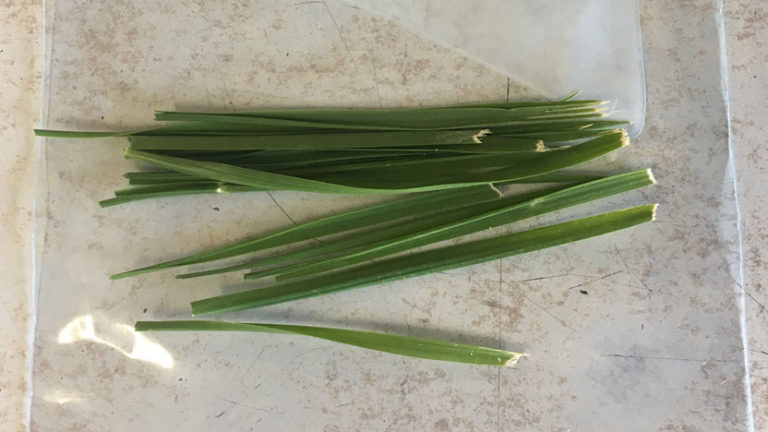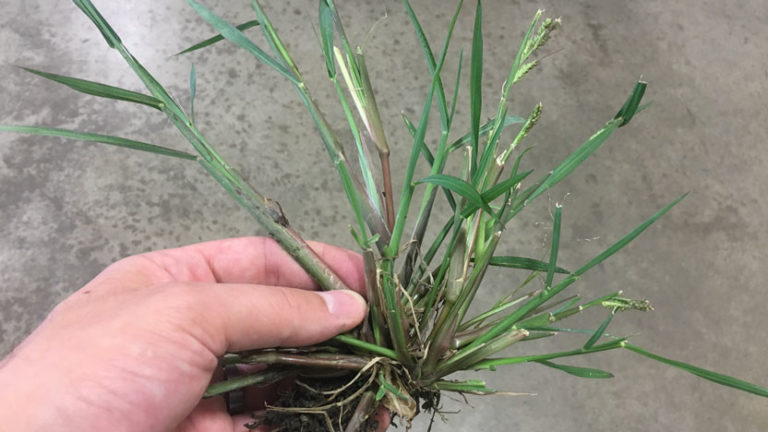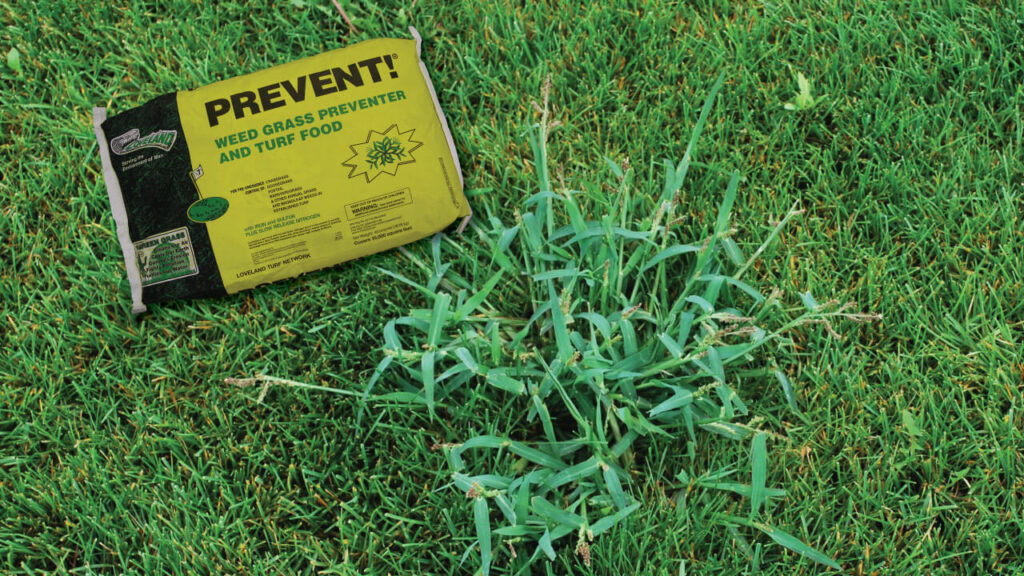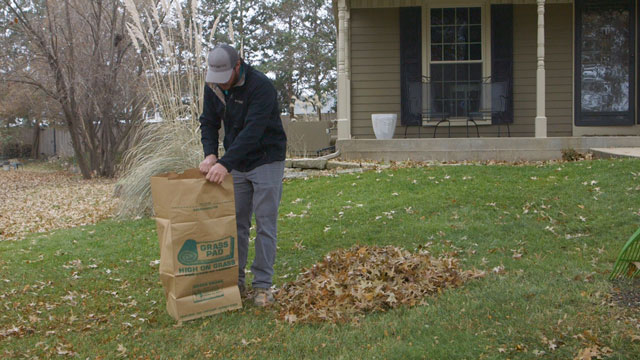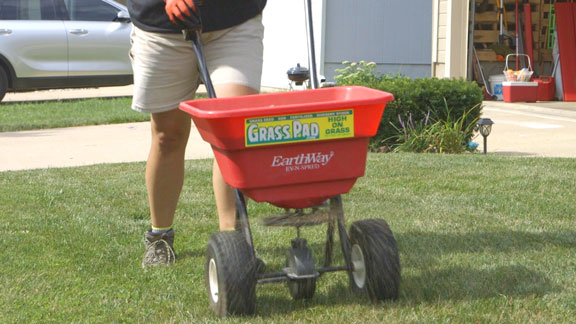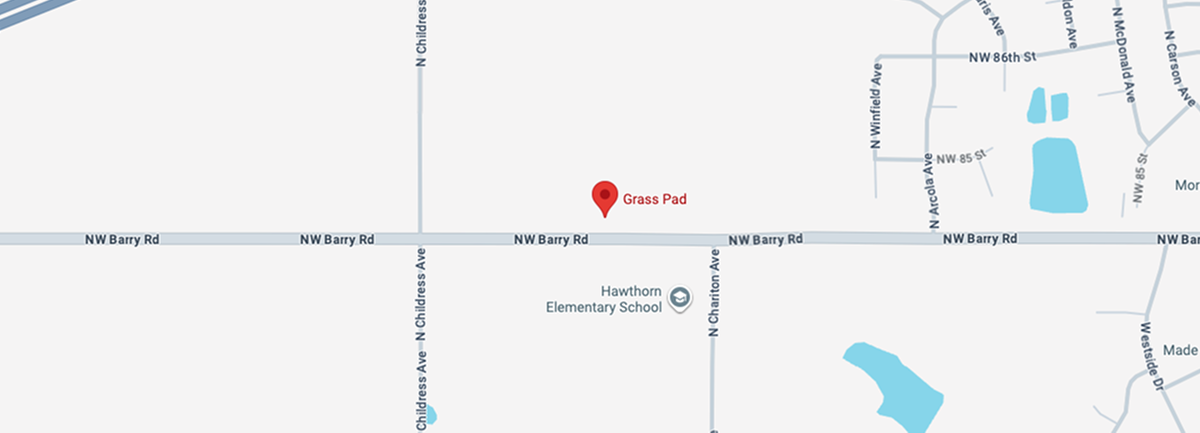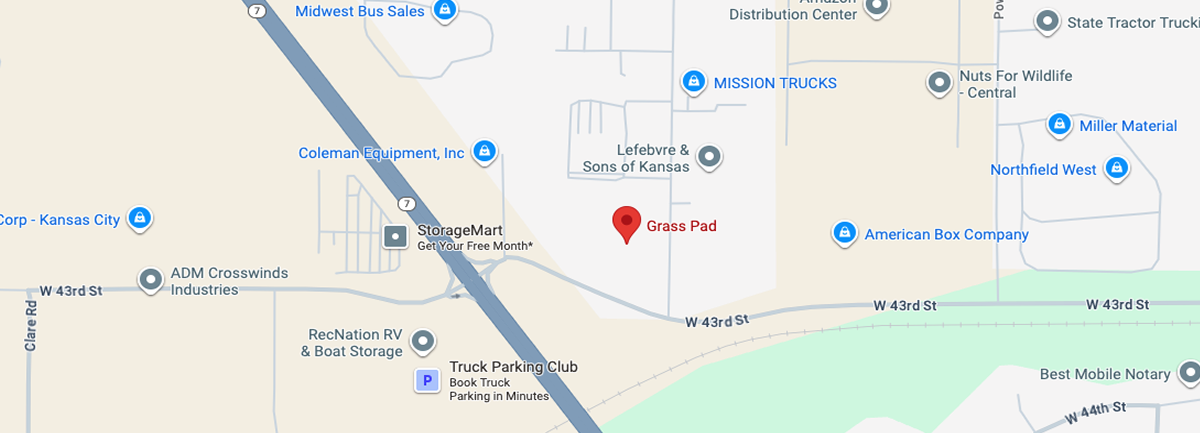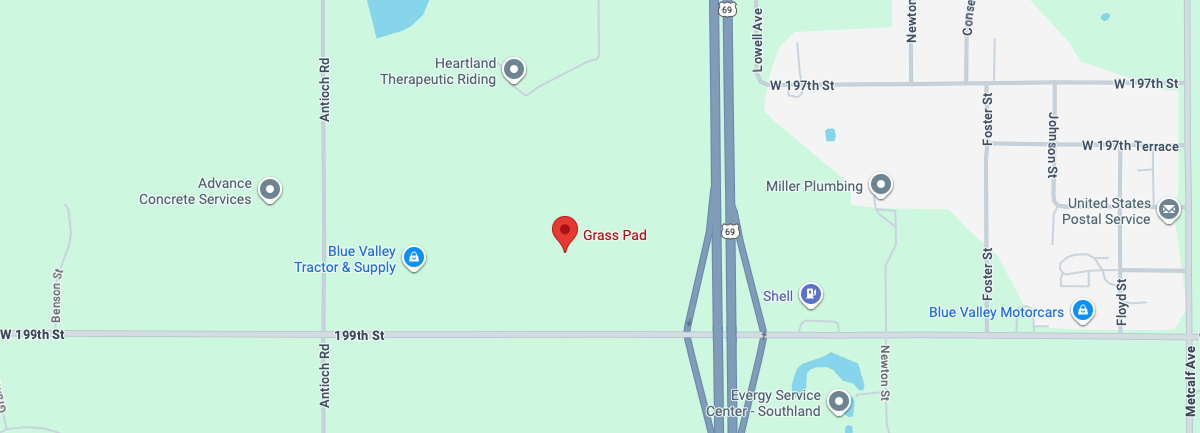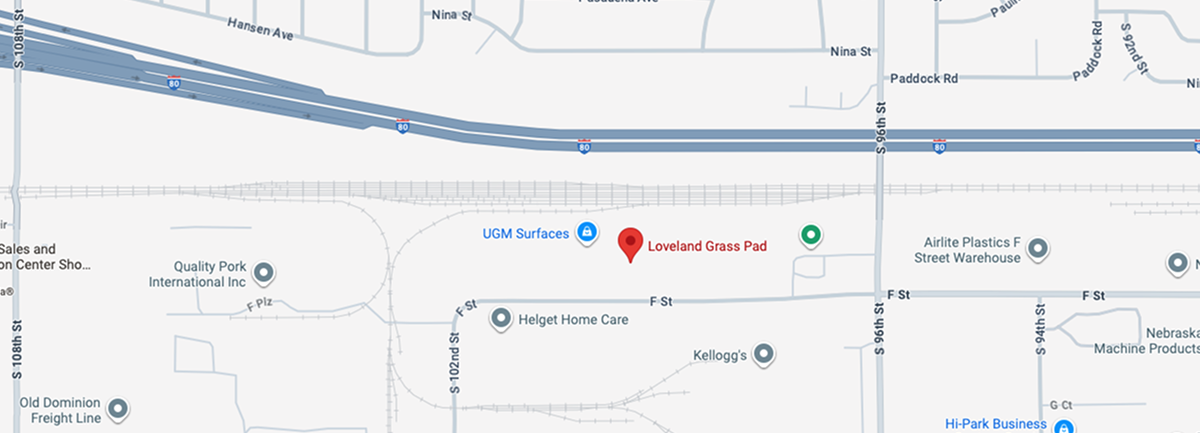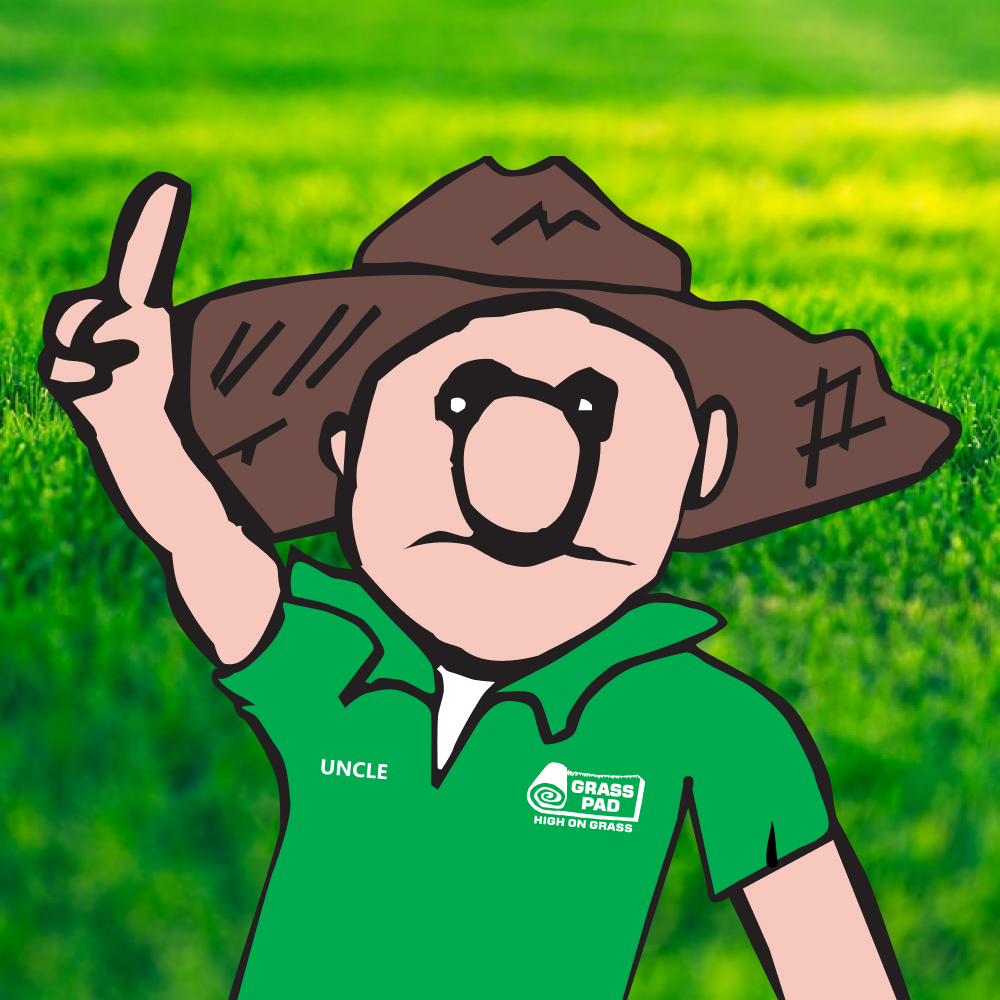
If you have a problem in your lawn or landscape, the Grass Pad has the knowledge and products to steer you in the right direction. Over the last 60 years, our staff has come across almost every lawn problem imaginable. In our experience, 99% of all the problem spots in turf fall into 1 of 4 categories.
- Drought – Rarely just a spot, but more likely a general browning of a large area. Early signs of drought stress can be detected by the turf color. Dry spots turn a noticeably darker shade of green eventually fading to a bluish gray. And, if you cannot push a screwdriver in the ground 6 inches without a hammer, lack of moisture is probably the cause.
- Fungus or turf disease – Most frequently shows up as patches where it transitions from perfect turf to brown grass over a short period, almost overnight, and continually expands. Occasionally lawn diseases can show up as general browning where it appears only 60 to 80% of grass turns brown. This look is similar to the appearance of drought stress. With no recent rain or irrigation, the screwdriver test will tell the difference. When you pull on the grass from diseased areas, the grass remains rooted, and it isn’t easy to pull out of the soil.
- Insect – Damage can come from grubs that eat the roots and live underground. When you tug on the brown spot, the grass comes up like a loose piece of carpet with soil attached to the bottom. Other insects that live on the soil’s surface can feed on the parts of the grass plant above ground. When you tug on this type of damaged turf, it comes up easily and has no soil attached, almost like grass clippings. Further investigation frequently reveals a caterpillar or maybe a tiny tunnel or hole with spider web looking material or caterpillar feces present.
- Spills – Something like gas, salt, pet urine, a misapplication of weed control, or fertilizer. Always check for loose gas caps and never fill the gas tank while the mower is on the grass. Move it to the driveway or sidewalk to refill.
Run through these scenarios, and you may be able to self-diagnosis your issues. These by no means identify all problems, but we find it gets most. If you suspect a disease, bring in samples of the browning grass in a sandwich bag. Try to get grass blades from the edge of the spot that is part green and part brown. Pictures took up close, and from a few steps away can also help. We like to be hands-on when it comes to diagnosing the problem. We get the questions every season, and sometimes, explaining the problem over the phone just isn’t the same as seeing it up close. Bringing the issue to us is easy and painless.
How to Take a Picture of Grass and Weeds
If you would like us to identify a specific type of grass or weed, a sample works best. If you can’t provide a sample, then an extreme closeup picture of the plant is the next best option. It’s very hard to identify a grass type or weed from a distance. However, if you need advice on what to do for your lawn, it’s best to take a wide-angled picture of the yard so we can see how thick the grass is, how much shade you have, and any other factors.
Bad Example of a Weed Photo
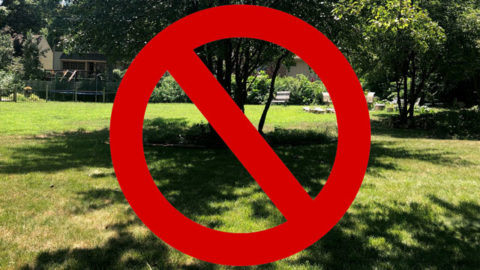
Good Example of a Weed Photo
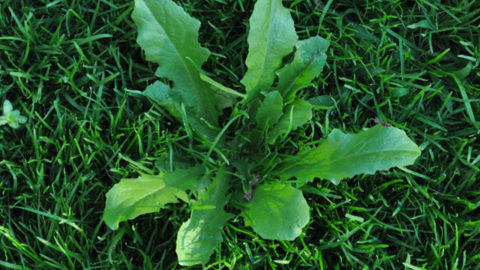
How to Bring in a Grass Sample
If you are looking for us to help identify what kind of turfgrass you have, bring in a handful of freshly picked blades of the grass and we can tell you what it is and how to grow it. If you are buying new grass seed for overseeding and want to match your current lawn, it can be a good idea to bring a sample from several different areas of the lawn. Over time our yards can get reseeded with several types of grass and it’s good to know what grows well in different areas of the yard. A good method for bringing in a sample is to grab a handful of grass blades from each section of the yard and bring them in labeled plastic bags.
How to Bring in a Weed Sample
Pick the weed right out of the yard and bring it into one of our locations for us to look at. The weed needs to be green and growing – we can’t identify much from a dead plant. Try to bring the entire weed plant in if possible – roots, stem and leaves. We will try to identify it and get you the products and advice you need to be successful in killing the weed.
How to Bring in Samples of Turf Disease
Brown, yellow, gray or any other wacky colored spots in the yard? Turf disease can be a bit more difficult to identify unless we have both the healthy and the sick grass. Pick out some fresh grass blade samples from the middle of the diseased spots, and just around the outside of the spot to where the grass appears to be healthy. Having a sample of this transition zone from healthy to sick helps us identify what is going on with the grass. Bringing in a picture of the affected area can also help us identify if there’s something in the environment that may be causing the issue.
Bringing in Samples of Plants or Shrubs
The same method applies to items in your landscape. If you have a tree or shrub that has weird looking spots or holes on the leaves, snip part of the plant off and bring it into one of our stores. We like to see parts of the plant that have been affected as well as parts that still look healthy. That will help us get a better idea of what we see that’s going on. Also, putting the sample in a sealed plastic bag and keeping it cool will help preserve the sample, making identification much easier.
It’s good to get out in the yard and it’s even better when the yard is trouble free. Don’t be afraid to head on down to the Grass Pad to get the expert advice and quality products you need to continue to have the best-looking lawn in the neighborhood.

